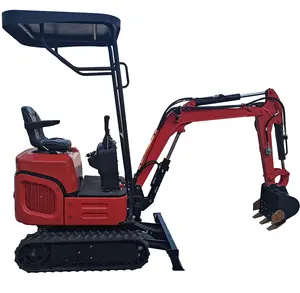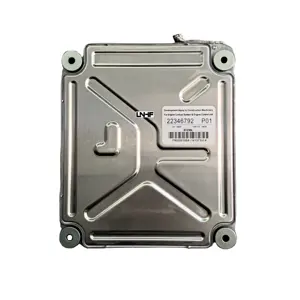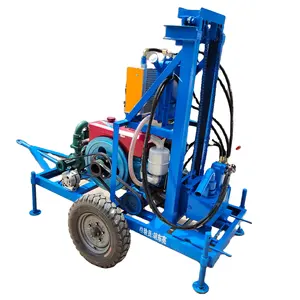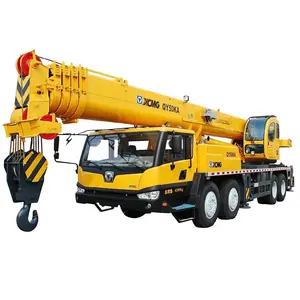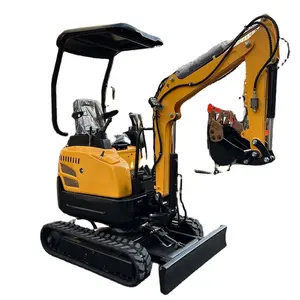Popular in your industry
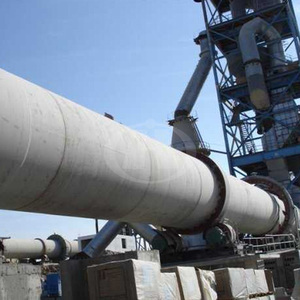








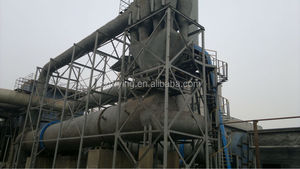
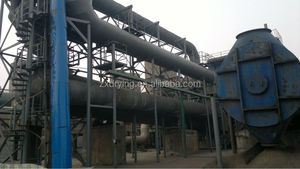

















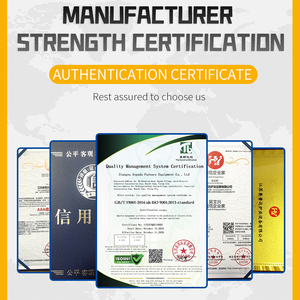













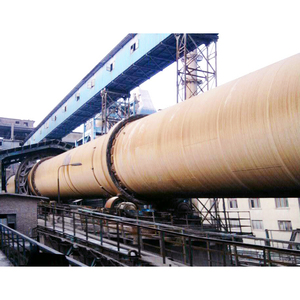



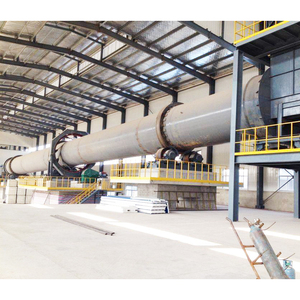



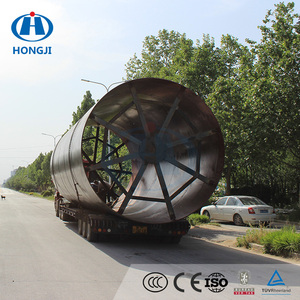
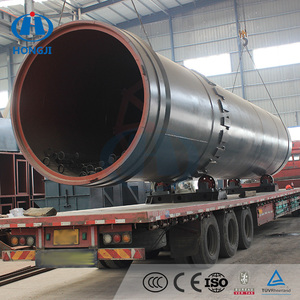



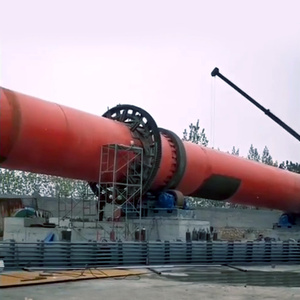








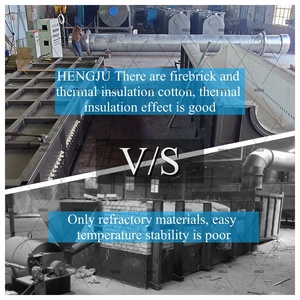


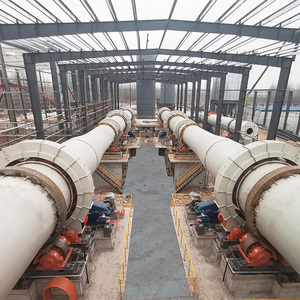



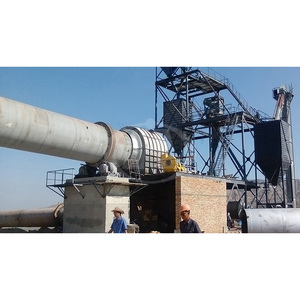



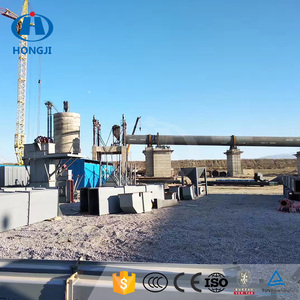
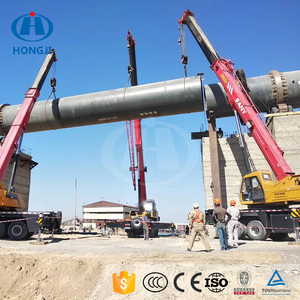
















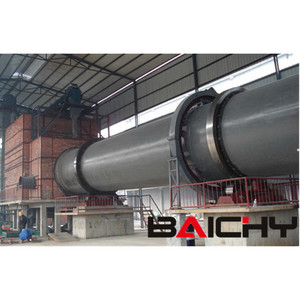

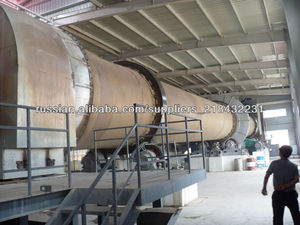









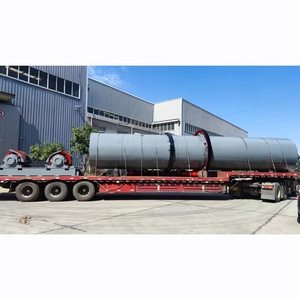















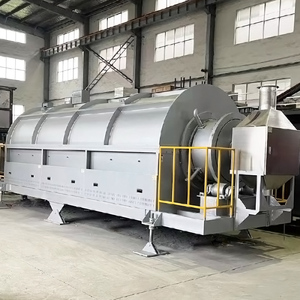
















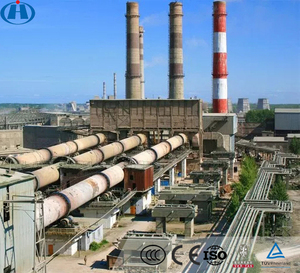

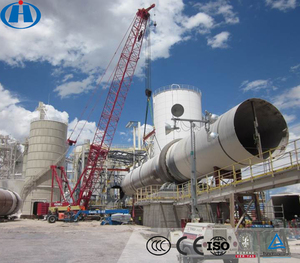
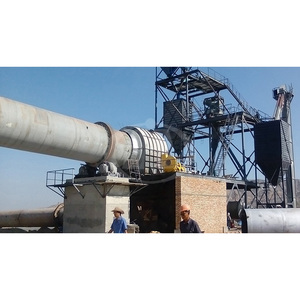


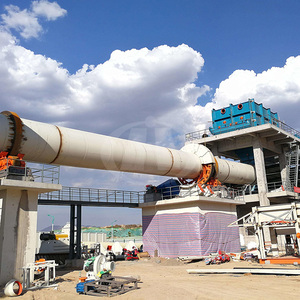



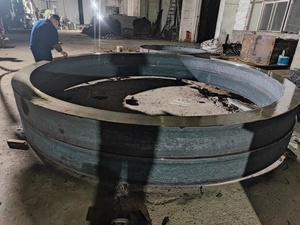

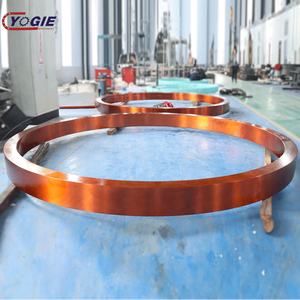









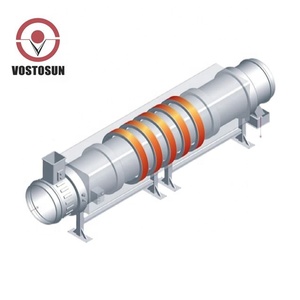














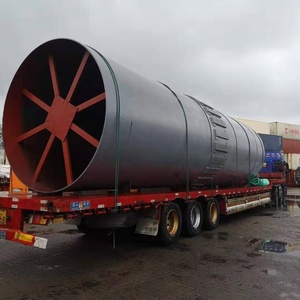














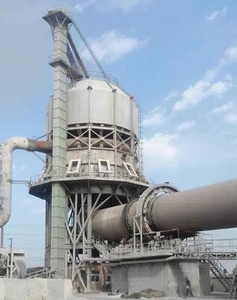





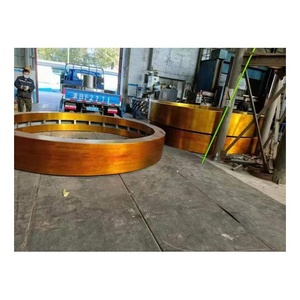
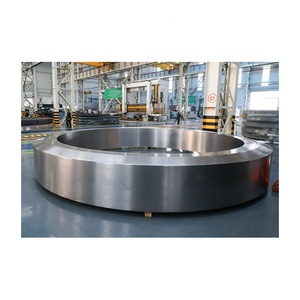







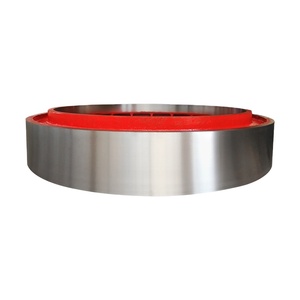
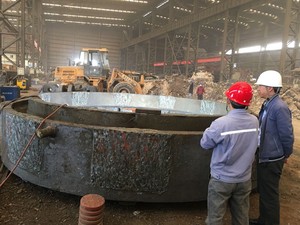

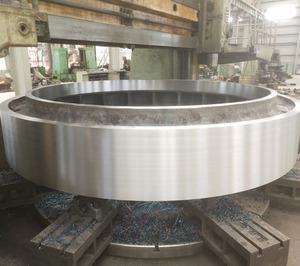
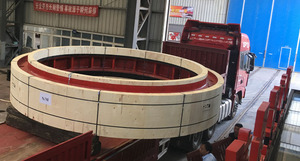



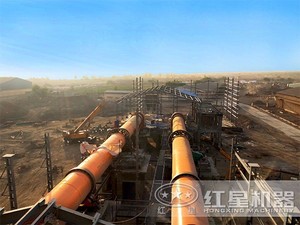


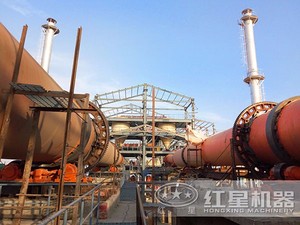
Top categories
About rotary kiln
A rotary kiln is a cylindrical-shaped furnace that rotates around its axis, allowing the material inside to be heated evenly. The rotary kiln is designed for high-temperature applications, such as calcination, sintering, incineration, and chemical reactions. The material to be processed is placed in the kiln, and heat is applied either directly through combustion or indirectly through the kiln walls. This indirect heating method involves hot gases or radiant heat from the kiln shell. The rotary motion helps in efficient mixing and uniform processing of the material. This equipment is widely used in various industries, especially in the cement and lime industry, for the production of clinker and other materials.
The types of rotary kilns
Rotary kilns can be categorized into different types based on their applications, configurations, and operating conditions. One common classification is based on the direction of the material flow. A direct-fired rotary kiln is one in which the material being processed comes into direct contact with the burner flame. This type is suitable for applications where the material needs to be in direct contact with high-temperature gases for processes like calcination, pyrolysis, and combustion. An indirect-fired rotary kiln, on the other hand, uses an external source of heat and a protective atmosphere to process the material. This type is chosen when the material is sensitive to direct contact with the combustion products or the process requires controlled heating or cooling.
Another classification is based on the method of heat transfer. A rotary furnace can be either a direct or an indirect type. The direct type transfers heat to the material through the combustion gases inside the kiln. On the other hand, the indirect type transfers heat to the material through the kiln shell, and the combustion gases do not come into direct contact with the material. This classification is critical in choosing the right type of kiln for a specific application based on the material and process requirements.
Applications of rotary kilns
Relying on the features of continuous operation, high-temperature resistance, and excellent heat transfer efficiency, rotary kilns have extensive applications in various industries. They are commonly used in the cement industry for the production of clinker. A kiln in a cement plant is the heart of the cement manufacturing process, where raw materials are heated to high temperatures to form the intermediate product, clinker, which is then ground to produce cement. The rotary kiln is also employed in the production of lime and dolomite, where limestone and dolomite are calcined at high temperatures to produce quicklime and dolime, respectively. In the metallurgical industry, rotary kilns are used for various processes, including roasting of ores, reduction of metal oxides, and recycling of metals from waste materials. Additionally, rotary kilns find applications in hazardous waste incineration, pyrolysis, and thermal desorption for the treatment of industrial and municipal solid waste. The versatility of rotary kilns in accommodating diverse thermal processes underscores their significance in industries requiring high-temperature operations and controlled heating environments.
Safety precautions for rotary kilns
Rotary kilns are robust and efficient industrial equipment used in various high-temperature processes. However, operating a rotary kiln involves inherent risks, given the extreme temperatures and the potential for hazardous situations. Therefore, it is essential to implement stringent safety measures to ensure the well-being of personnel and the protection of the surrounding environment. Regular maintenance and inspection of the kiln, burner, and associated components are essential to identify and address any potential issues promptly. Adequate training for personnel involved in the operation and maintenance of the rotary kiln is crucial to ensure a comprehensive understanding of safety protocols and procedures. The use of personal protective equipment, including heat-resistant clothing, gloves, and face shields, is imperative for individuals working in proximity to the kiln. Furthermore, establishing clear emergency response protocols and providing appropriate firefighting equipment in the vicinity of the kiln is essential to mitigate risks and respond effectively in case of emergencies. Adherence to safety guidelines, regulatory standards, and industry best practices is paramount to create a secure operational environment for rotary kilns.

